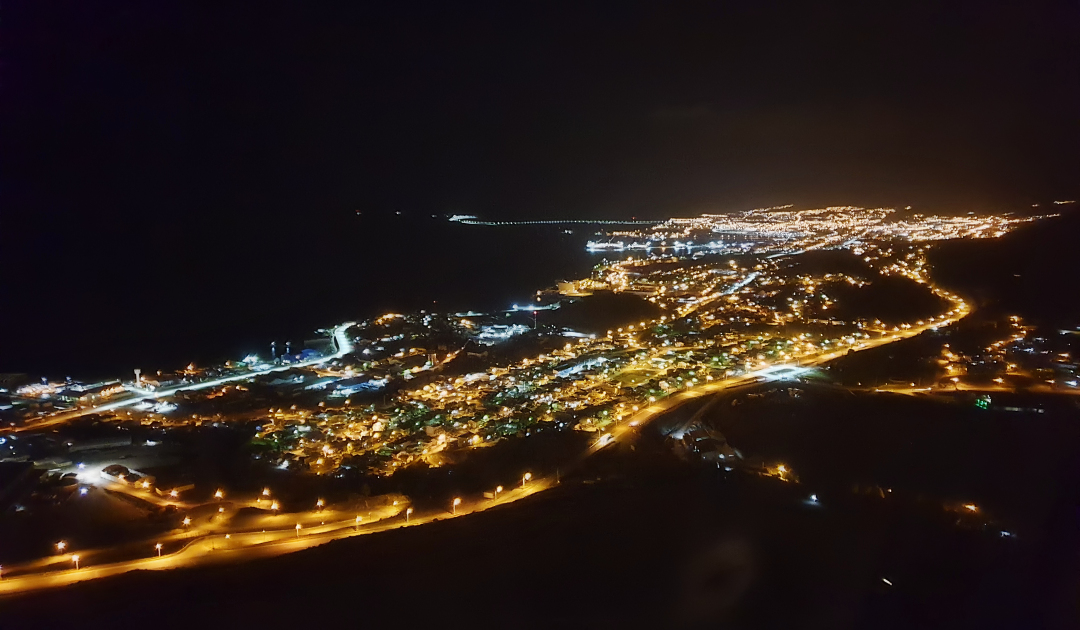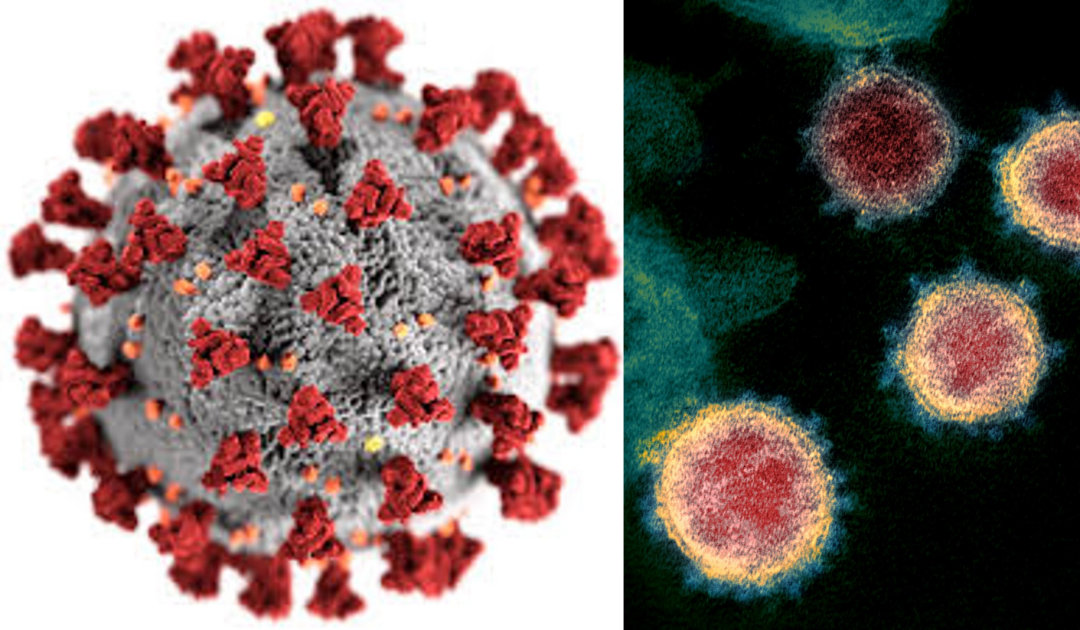
Just a few months ago, the world seemed to be on a path out of the pandemic. Governments relaxed their measures, business and cultural life experienced their reopening, and people again traveled the world. The situation also appeared to be improving for the polar regions in the north and south. Expedition voyages were launched again, national polar research programs were launched, and zero cases were rejoiced in the Arctic regions. But then came the omicron variant.
Many of the places that are located in the Arctic regions are now reporting sharply increasing numbers of infections. For example, in the Arctic region of Canada, in the territories of Nunavut and Nunavik, there are hardly any communities left that have no infections to report. Nunavut Health Officer Dr. Michael Patterson reported that 18 of 25 communities in Nunavut already had COVID cases. Nunavik, the Arctic portion of the province of Québec, also reported only one municipality left with no cases.
And in Greenland, the situation is no better: All regions except the national park, where there are no towns, report rising infection figures, with nine of the cases hospitalized. However, not all locations within the municipalities are affected yet. Especially the big towns are affected and the most prominent case is the Premier Múte B. Egede.
Numbers in Alaska are also rising in the four-digit range every day, and in Longyearbyen on Svalbard, the last Arctic region where the virus had taken hold, 13 COVID cases were also reported as of January 13, 2022. However, the trend is probably still upwards, as not all test results had been evaluated yet.

In the South American gateways to Antarctica, too, the situation no longer looks as rosy as it did in November, when the expedition season restarted after the forced break. Numerous expedition tour operators sent their ships to Punta Arenas and Ushuaia, where, thanks to numerous measures and high vaccination rates, hardly any cases had occurred. Strict protection and hygiene measures were implemented before the voyages and on board the ships, and it seemed that the math worked out. But then the first shipping company officially reported a COVID outbreak on board and the return to the starting port. From there, looking at the MarineTraffic.com map showed that in recent days and weeks, some ships had spent a remarkably long time at anchor in the ports of Punta Arenas and Ushuaia. At times it was so crowded there that ships had to stay at the entrance of the Beagle Channel instead of going into the port. The number of cases is also on the rise again in the towns themselves. A first operator has now pulled the emergency brake and ended its season prematurely. The first ship is already on its way back to its home port, the other will follow soon.
National Antarctic programs are now also at risk, although the outbreak on the Belgian Princess Elisabeth Antarctica Station was the only official message from the area. But whether the quarantine and isolation measures prescribed and implemented by the programs are sufficient is more than questionable. The virus has proven very difficult to contain in this regard.

On the one hand, the course of the disease in omicron infection has been described by numerous experts as mostly mild. Nevertheless, many countries where the omicron variant is raging report that hospitals and staff are reaching capacity. Alaska is now also reaching the limits of its capacity in terms of beds and staff. Because in addition to occupancy, the absence of sick staff is a particularly big issue there. In the other regions, the situation is not yet as bad. But since capacity is already very low in most Arctic regions, the situation there can worsen much more quickly and other illnesses and accidents can no longer be treated. In fact, for Antarctica, the idea is to keep the virus out at all costs. This is because most stations are equipped with an infirmary. But no one wants to run the risk of evacuations in case of a severe course among the wintering teams.

To control the situation in the regions and localities, the authorities are relying on the same strategies used in most other parts of the world. Although omicron is much more contagious, the public is advised to get booster vaccinations as soon as possible, reduce the number of contacts, and wear a mask for all opportunities where distancing is not possible. Especially with booster vaccines, authorities want to reach as many people as possible. This is because boosting initially increases the chance of being less likely to become infected, or at least supports a milder course in the event of illness. Nevertheless, as is the case practically everywhere in the world, the situation is likely to get worse first before it will get better.
Dr Michael Wenger, PolarJournal
More on the subject:





